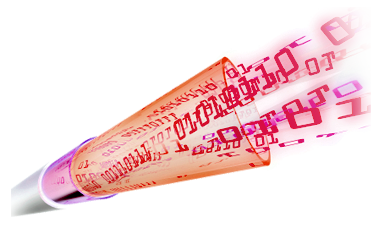DSS Bus
Digital Speaker System Bus
The digital speaker system bus (DSS bus) replaces speaker lines known from 100 V systems. It feeds the connected components: e.g. integrated amplifiers and speakers with power, as well as digital audio signals, and bi-directional control data, in real-time via one single standard CAT5 or J-Y(ST)Y cable.
The DSS bus combines central network structures with a bus architecture, saving on cabling and wiring time and eliminating the need for additional hubs and routers, even for the largest networks.

The DSS bus provides
- 8 digital audio channels
- Control data
- Module monitoring
- Power supply
The DSS bus offers the following functions:
- Distribution of synchronous audio data to the DSS Bus modules (uni-directional data flow)
- Distribution of control data to and from DSS Bus modules (bi-directional data exchange)
- Distribution of electrical power (48V) to all connected DSS bus modules
The DSS bus uses
- Standard CAT5 or
- Typical 2-twisted pair installation cables such as J-Y(ST)Y
Characteristics of a Digital Audio Bus
- No significant quality loss (CD quality)
- Audio and control data at the same time
- Several audio channels at the same time
- Cross large distances over fiber optic
- Real-time monitoring of lines and loudspeakers
- Standard cabling
- Easy to install
- Free design of zones independent from speaker runs
- Change of zones without any rewiring